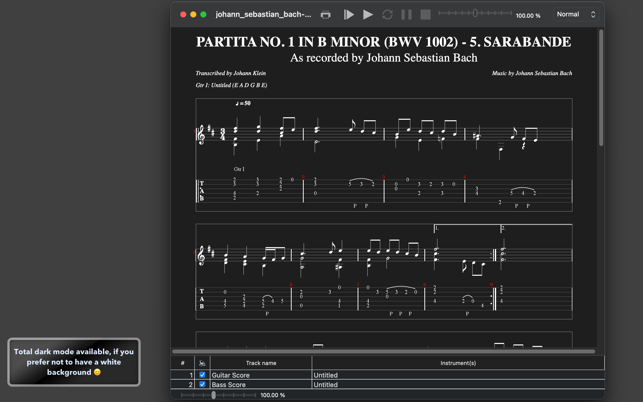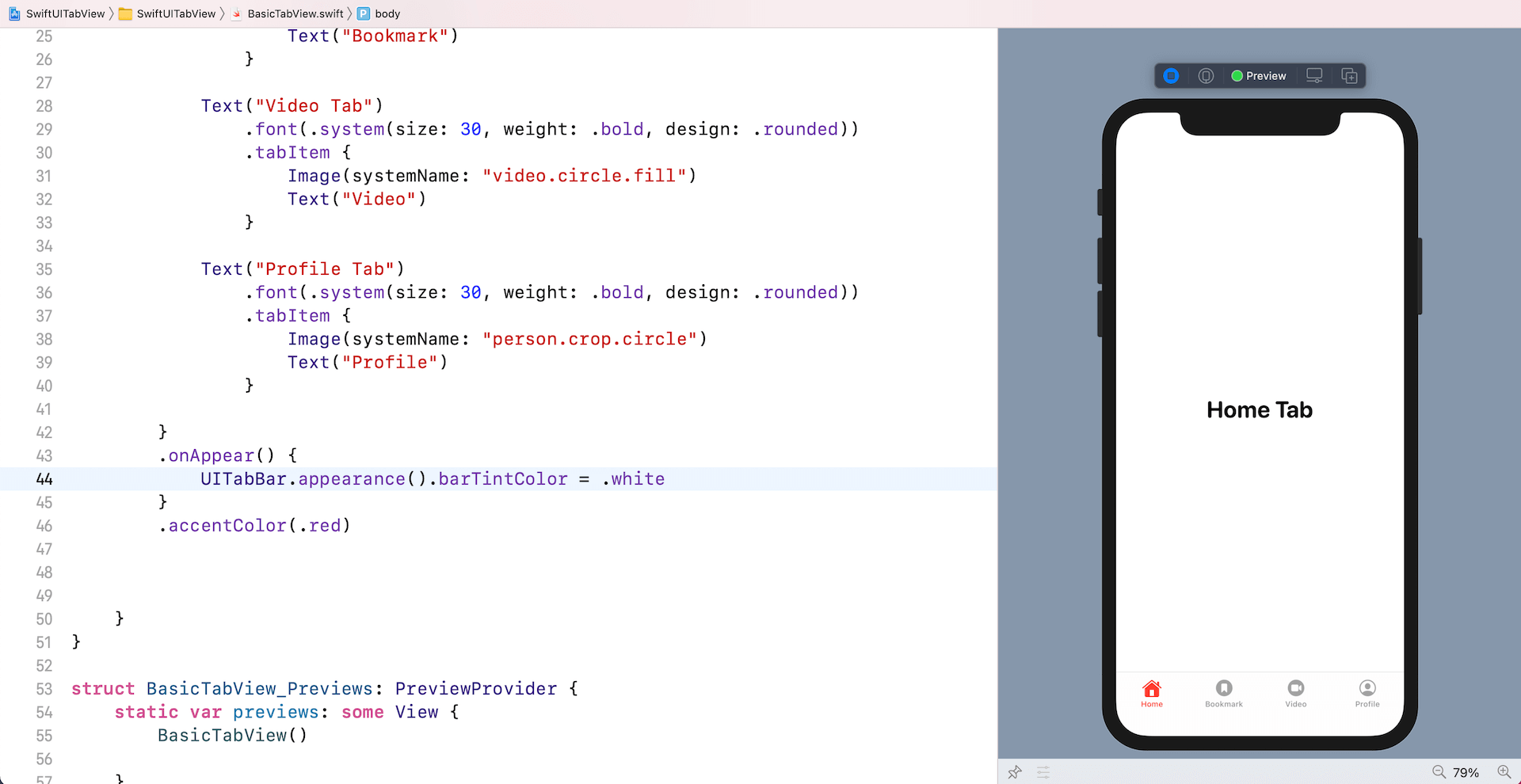

The above div will create three buttons equally expanded over the width of the screen. The icon and the text that we want for that particular element, okay If you go to the website, were actually working here in 4.1 using TabViews, okay 00:01. Now we will create three buttons to control which tab should be open The above div will hold the data that our tab view will depend on.ĭata defined by x-data attribute will be available for the entire div block that the data is declared on, so we can use this data to conditionally hide and show elements, bind classes and many other things. We will first create a wrapper to hold data that we will be working on

Now that alpine is ready, we can use it to build cool elements! Let's build our tab view:
#TABVIEW LIKE MANIPULATE FREE#
I will also be using tailwindcss to style tab elemets, but feel free to use any css framework or even plain css.

You could find an example in this GitHub repo. nativescript-slides allows you to have several views and you could switch between them by swiping. We will start by a very basic html markup 2,808 3 29 48 you could use nativescript-slides plugin to display your content instead TabView. (virtual sculpting tools) that it offers for manipulating solid bodies. So let's build a simple tab view to illustrate the power and simplicity of alpinejs. Though many of its features are standard in similar software, Blender has one of. A little experience with javascript will be enough to follow along. This tutorial doesn't require any prior knowledge of alpinejs. You can think of it as a modern alternative for jquery. The DOM is modified but something wrong and the panel is not visible.
Alpinejs is not a replacement for react, vue or angular. 1 Please provide that what you have tried so far Milan Malani at 10:32 I tried to modify the DOM adding something like:

 0 kommentar(er)
0 kommentar(er)
